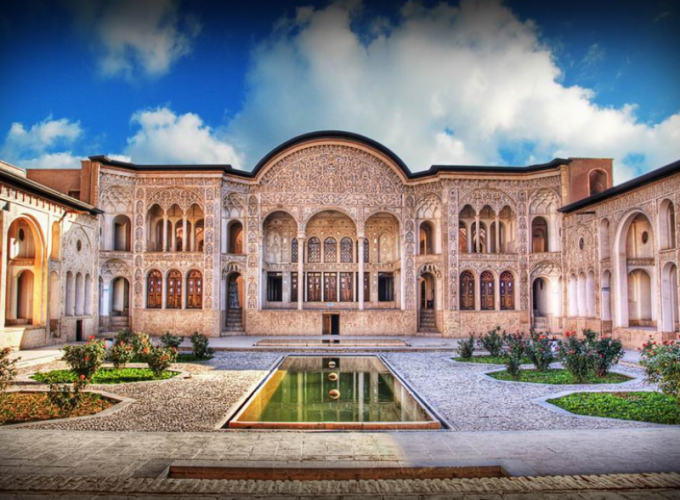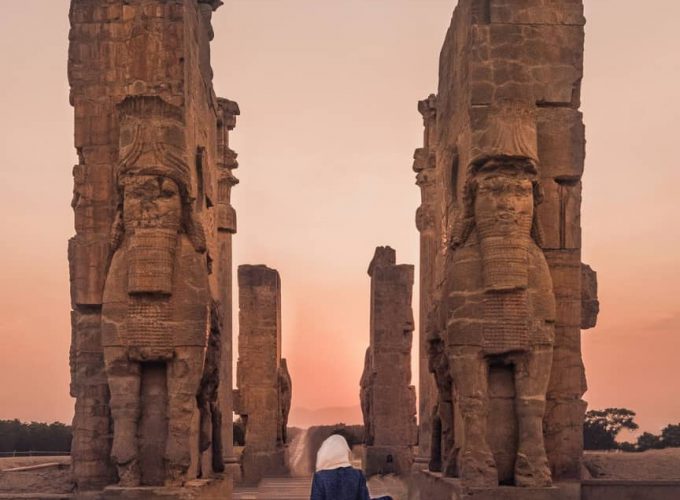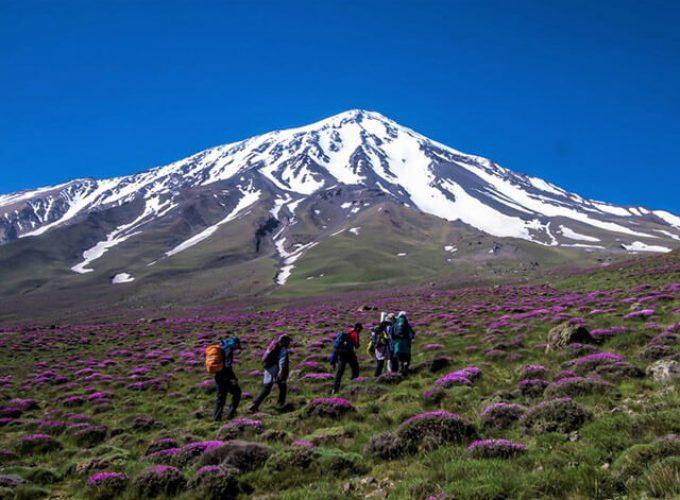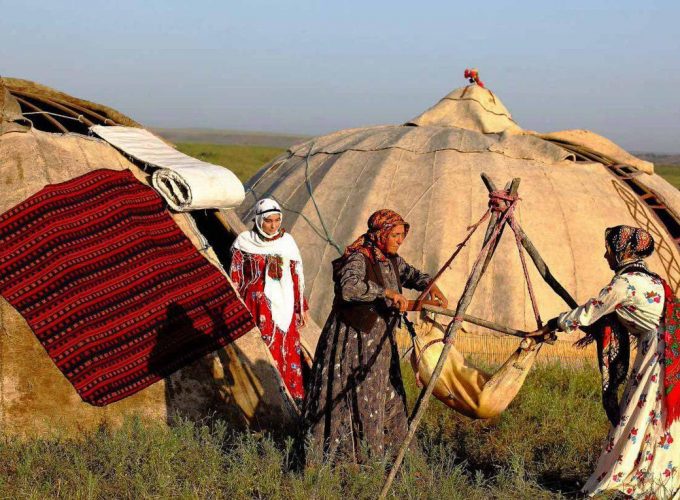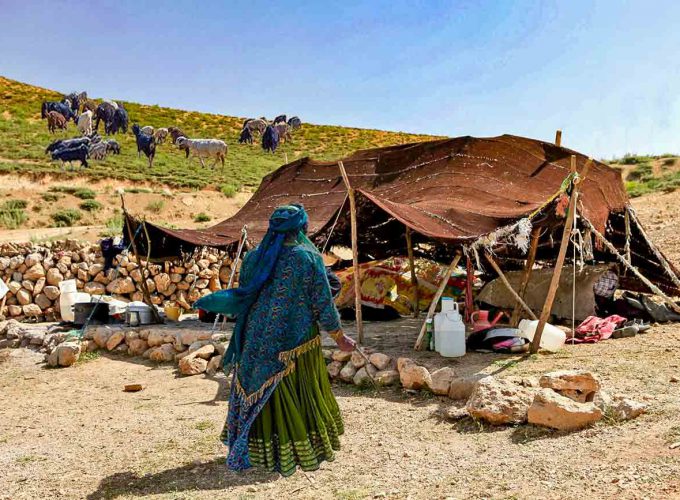Yazd, Iran’s first recorded city on UNESCO’s World Heritage Site, popular as The City of Windcatcher (Shahr-e Badgirha), is situated in the Iranian plateau, 270 km southeast of Isfahan. It is one of few urban areas of Iran that have kept up its customary structure. The earthen architecture of Yazd has gotten away from the modernization and held its customary houses, bazars, hammams, mosques, etc.
It is believed that, the city was created by the command for Yazdegerd l, a Sassanid ruler who named the city after himself; Yazdan-Gerd. Afterward, the name changed to Yazd, which means unadulterated and sacred. Nevertheless, evidences have been discovered that show there had been individuals living there before that time.
Like most cities of Iran, people of Yazd are of different tribes and religions such as Arabs, Turks, Christians and Jews. The greater part of people are Muslims, yet there is a great population of Zoroastrians (Yazd and Kerman have the biggest populace of Zoroastrians in Iran).

